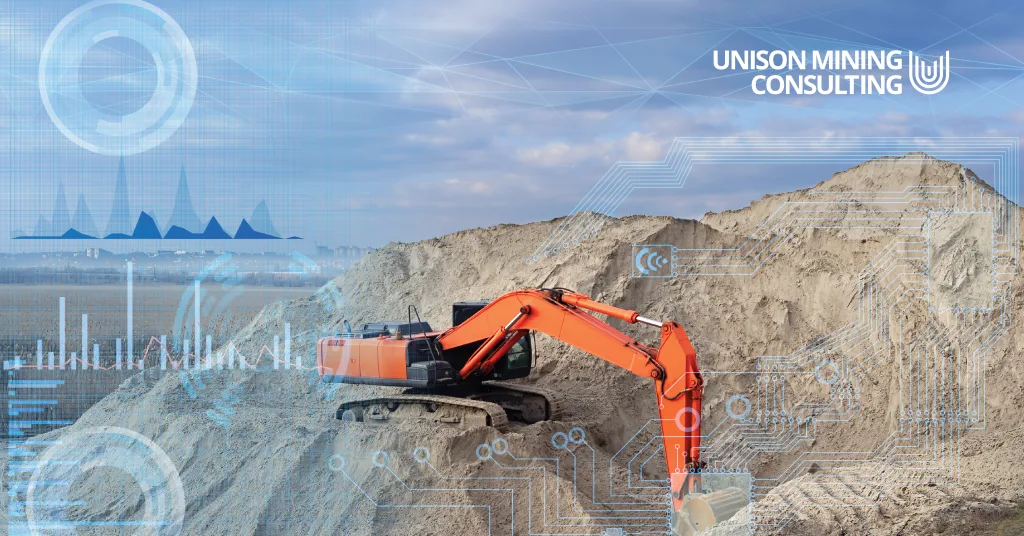With many mining sites located in remote areas with limited infrastructure, effective communication systems need to be put in place to monitor adherence to maintenance schedules and address any infrastructure challenges.
Without these systems, any deviations in technician performance can take longer to identify and correct. Left unmanaged, regular delays in necessary repairs, poor quality technician work, and low wrench time can result in higher mean time before failure (MTBF) and unexpected equipment breakdowns occurring more often.
As such, a more proactive approach to maintenance schedules, and preventative maintenance (PM) routines of mining equipment are needed to ensure undisrupted operations and minimal downtime.
The role of wrench time in maintenance optimization
Wrench time, also known as tool time, accounts for time spent by mining personnel or technicians completing maintenance tasks, and is often used as a measure for maintenance productivity. However, wrench time does not account for preparation time that maintenance technicians need before actual repairs begin such as travel time or securing critical parts.
Debates exist as to whether wrench time serves as a useful metric for performance measurement and whether it incentivizes the desired behaviors for productive maintenance teams. Using wrench time on its own, as the only metric to measure performance of maintenance teams, can prove counterproductive. This is because unavoidable delays and maintenance work quality are not shown by wrench time, making it insufficient as a sole performance metric.
Hence, in addition to tracking wrench time, maintenance planning and scheduling are key to ensuring that the time employees do spend on maintenance work is as valuable as possible, ultimately improving MTBF for equipment. When maintenance planning and scheduling become the focus of maintenance optimization, wrench time inevitably improves. Quality repairs are incentivized when technicians start to make the most of their time within well-planned schedules, rather than being incentivized for longer tool times.
Challenges in maintenance planning and scheduling for remote mines
As mining equipment grows more sophisticated with sensors and IoT built into newer machinery, effectively managing and analyzing huge amounts of data collected from equipment sensors is essential to scheduling maintenance tasks. However, this requires mines to develop communication systems which allow sustainable communication, sharing, analyzing and interpreting data to drive decision-making. In the case of remote mine sites, communication issues can be compounded by poor infrastructure and connectivity, which make real time monitoring of mines even more challenging.
Schedule maintenance operations with strategic communication, systems and incentives
To measure the effectiveness of maintenance productivity, management executives of remote mines need to ensure that internal structures, systems, KPIs and communication channels are aligned for performance management.
Aligned systems and data sharing
The importance of consistent feedback to management teams based remotely is crucial. Short interval control methodology can be used here as a tool to ensure that information on equipment performance and availability, wrench time, and performance deviations in technician work are relayed regularly to management at frequent intervals.
Additionally, a system that allows an accessible sharing of this information with management is needed – one that offers a bird’s eye view of maintenance KPIs and targets, equipment performance and deviations from scheduling. By developing performance dashboards and a Management Control System that is fed the relevant data to assess maintenance productivity, management is empowered to respond and manage issues on site quickly before they escalate.
Communication, training and skills programs
Developing the systems and leveraging data analytics will only be sustainable if mining employees can use them effectively in their daily tasks. By improving the skill levels of maintenance technicians through designing quality training programs, the overall ROI on maintenance work and wrench time will improve and mines can better ensure compliance with safety regulations and maintenance standards.
Additionally, addressing communication issues between remote teams and staff on-site is necessary to prevent costly miscommunications. By training staff in new ways of working, management can work more effectively with technicians and managers on-site to ensure maintenance plans are on schedule.
Well-defined KPIs and performance incentives to improve compliance
To ensure compliance with safety protocols and maintenance procedures, employees and technicians need to be incentivized with well-defined and strategic KPIs. With the remote management of mines overseas, these KPIs communicate the expectations of staff on-site to ensure all employees understand their role within larger maintenance processes.
While these KPIs can include wrench time, it should also include MTBF, maintenance cost per ton, mean time to repair, and critical spares stockouts to holistically assess maintenance productivity. Once these KPIs have been clearly defined, performance dashboards should be set up to reward high performance to incentivize sustainable behavior change of maintenance teams.
Unison Mining can work with your teams to develop strategic KPIs to incentivize lasting behavioral change and ensure your maintenance processes are optimized.

















